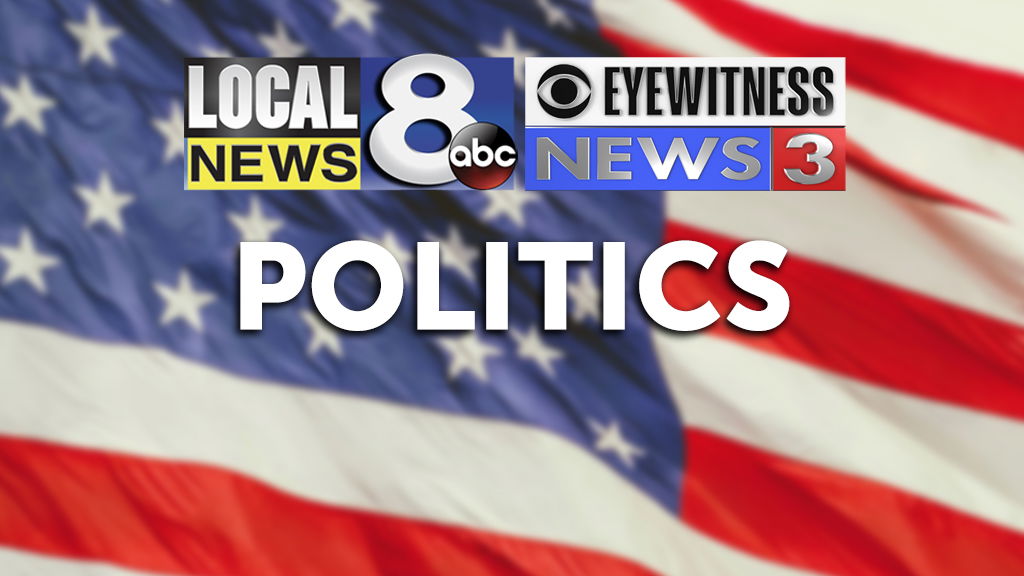Next batch of stimulus payments ramps up paper checks and debit cards

A fresh batch of Covid stimulus payments will be issued this week, the Biden administration announced Monday, including paper checks and debit cards for those whose bank information is not on file with the government.
Some of these payments are being sent via direct deposit with an official pay date of Wednesday, March 24.
Money started reaching people’s bank accounts less than a week after President Joe Biden signed the $1.9 trillion Covid relief bill into law.
Additional batches will be made weekly going forward, according to a statement from the US Department of the Treasury, the Internal Revenue Service and the Bureau of the Fiscal Service.
No action is required for most people to receive the money. Social Security recipients and those who receive veterans’ benefits should also get the money automatically even if they don’t file taxes.
People can check the status of their payments using the IRS’ Get My Payment tool online.
About 90 million payments went out last week, reaching about more than half of the households eligible for this round of federal relief payments — the third since the start of the coronavirus pandemic. The majority of that first batch were delivered by direct deposit. About 150,000 paper checks were also sent out.
Who gets a payment?
The new payments are worth up to $1,400 per person and are expected to reach 85% of households, according to the White House.
Families will receive an additional $1,400 per dependent, so a couple with two children could receive up to $5,600. Unlike prior rounds, families will now receive the additional money for adult dependents over the age of 17.
The full amount goes to individuals earning less than $75,000 of adjusted gross income, heads of households (like single parents) earning less than $112,500 and married couples earning less than $150,000. But then the payments gradually phase out as income goes up.
Lawmakers narrowed the scope of the payments this time so that not everyone who received a previous check will be sent one now. It cuts off individuals who earn at least $80,000 a year of adjusted gross income, heads of households who earn at least $120,000 and married couples who earn at least $160,000 — regardless of how many children they have.
On what year are the income limits based?
The new income thresholds will be based on a taxpayer’s most recent return. If they’ve already filed a 2020 return by the time the payment is sent and it has been processed, the IRS will base eligibility on their 2020 adjusted gross income. If not, it will be based on the 2019 return or the information submitted through an online portal set up last year for people who don’t usually file tax returns.
If your 2019 income was less than your pay in 2020, you will not owe back any money. But if your income fell in 2020, filing your tax return now — before the payments go out — may mean you’ll get a bigger check.
Reaching those that need it the most
Most people receive the payments automatically, but there are many who missed out — for a variety of reasons. An estimated 8 million eligible people didn’t get the first round of payments that were delivered last year.
Many of these people have very low incomes and are not normally required to file tax returns. Last year, the IRS set up an online portal where they could register for the money.
At this time, the IRS does not have plans to reopen the portal. Instead, officials are encouraging people to file 2020 tax returns. Low-income people can use the agency’s free file option.
